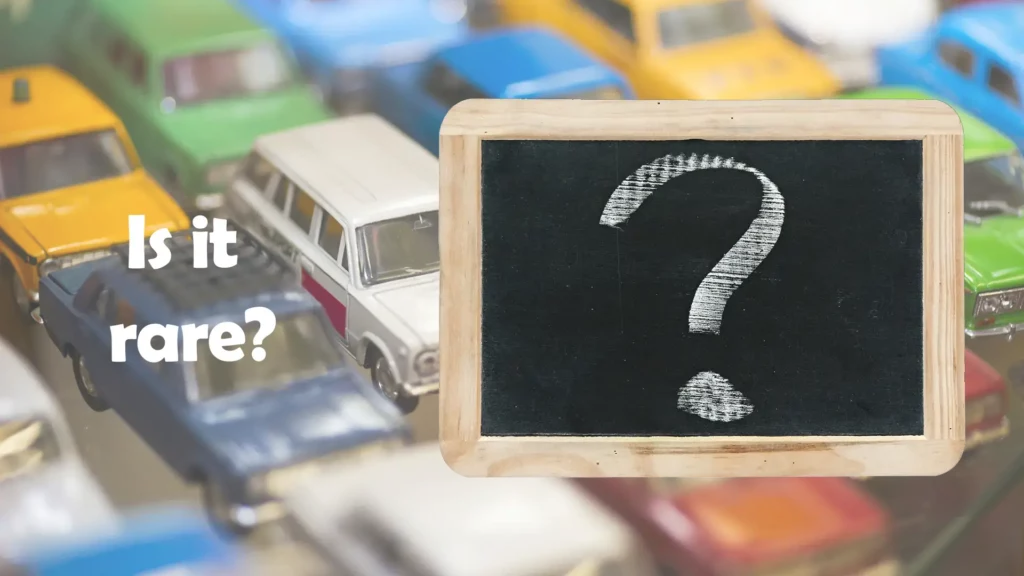
How to identify rare Hot Wheels?
In collector groups, one of the questions we hear most: How to identify rare Hot Wheels?
First of all, let’s look at the definition of rare:

Therefore, we can note that the rarity of a Hot Wheels is subjective and will vary for numerous reasons, including the location of the collector. Often, a miniature that is easily found in some regions is difficult to find in others. In other words, what is rare for one collector may not be rare for another.
However, the tips below can help you identify models that are more likely to be rare and valuable.
There are several factors that can contribute to the rarity and value of a Hot Wheels, including:
- Production: The smaller the production of a model, the rarer it will be.
- Distribution: Models that are only sold in certain markets, models exclusive to a store, or miniatures produced for events are rarer than those that are sold on a global scale.
- Popularity: Some models, even though they are produced on a large scale and sold on a global scale, when very popular among collectors, become more difficult to find. Therefore, although they are not rare, it is difficult to find them on the shelves.
- Year of production: Older models were produced in smaller quantities than today.
Here are some tips for identifying a rare Hot Wheels:
- Check the production number: Some models leave the factory with the print run of that particular model. This number is usually printed on the packaging of the miniature. The lower the number, the rarer the model. An example is the RLC. Although they no longer com with a printed production number, several of them were produced in very limited quantities, such as the Hot Wheels Gucci Cadillac Seville, with only 5 thousand units produced.
- Look for exclusive models: Models that are only sold in certain markets or events are rarer. Diecast miniature conventions often sell miniatures made exclusively for the event. And some stores sell limited editions that are only sold in that store. One example is Hot Wheels Red Edition line, which is only sold at Target.
- Old models: The production in the past was much smaller than today. Furthermore, children in the past did not have access to as many toys as they do today. In other words, in addition to being difficult to find, they are more difficult to find in good condition, and even more difficult to find in the package. This, combined with the fact that they were produced in smaller quantities, makes them rare nowadays.
In my opinion, a rare miniature is one that is difficult to find, not only on shelves, but also in online stores and in the hands of sellers. The fact that it has a high value on the market does not mean that it is rare. An STH, for example, is super difficult to find in stores. However, it is very easy to find them online or in the hands of sellers. An RLC runs out, most of the time, within a few minutes. However, it is easy to find them for sale.
In other words, I do not consider an STH or an RLC to be rare. We can say that it is difficult to find an STH in stores or that it is difficult to guarantee an RLC on the initial sale. But they are not rare miniatures. As we said above, they are found for sale on countless websites and in the hands of countless sellers. Same is the case with the most popular miniatures, such as the themed ones, the Kool Kombis and several others that are difficult to find in stores. However, but possible to find for sale from numerous sellers.
And it is also worth remembering that the fact that it is rare or old does not make the miniature valuable. What determines value is the market. Therefore, if there is no great public interest in a particular miniature, being difficult to find or being old will not increase its value.



